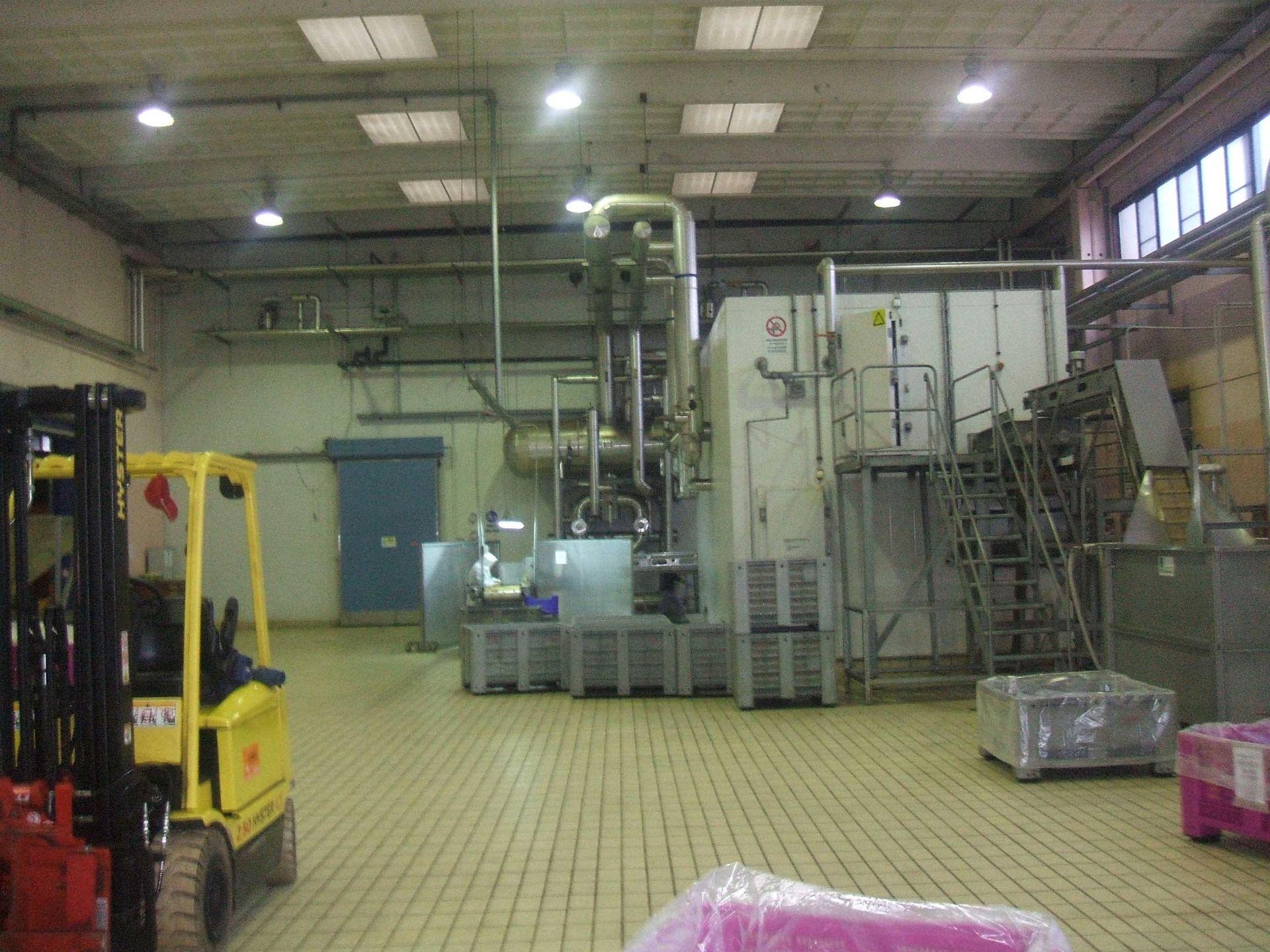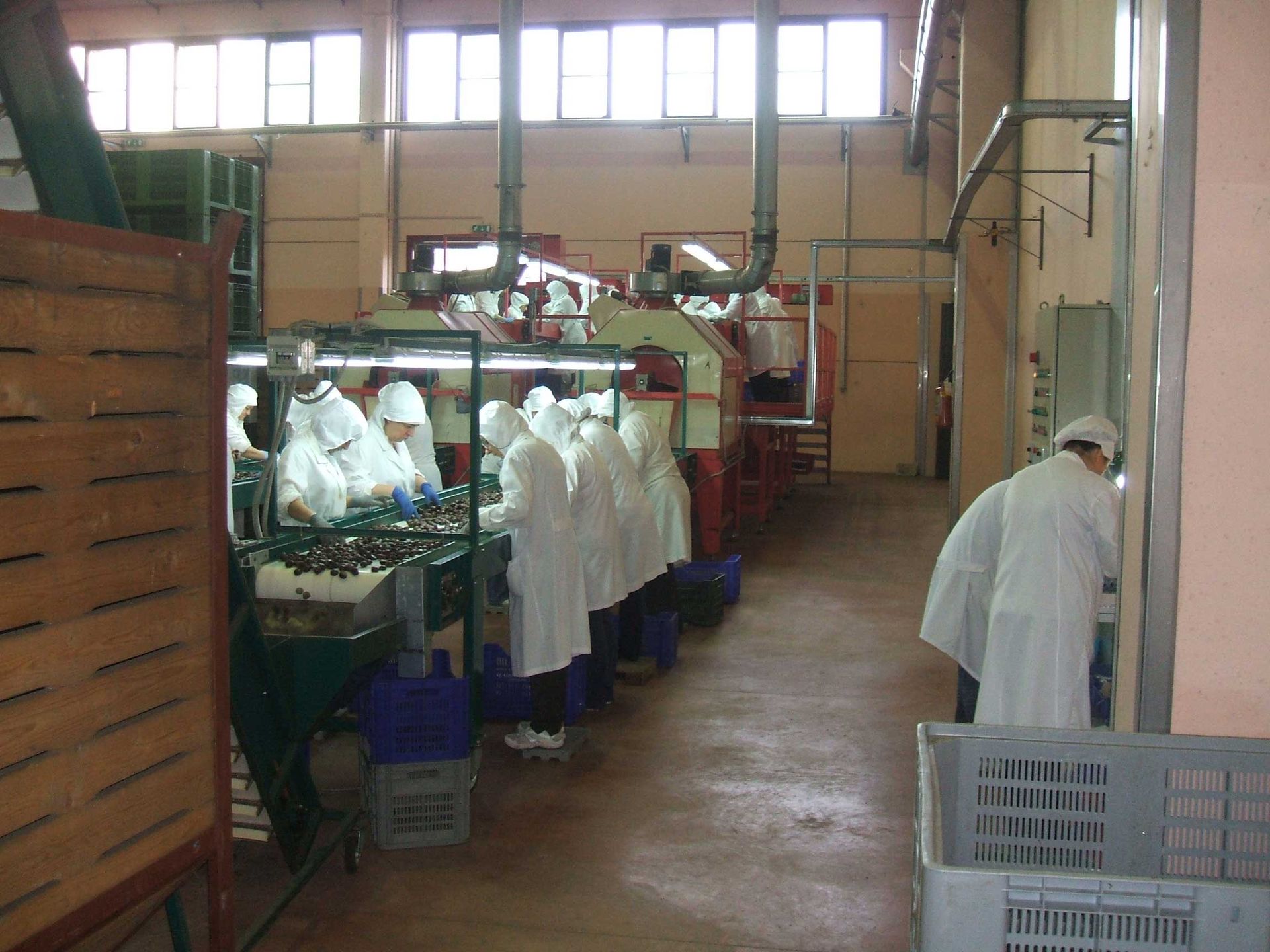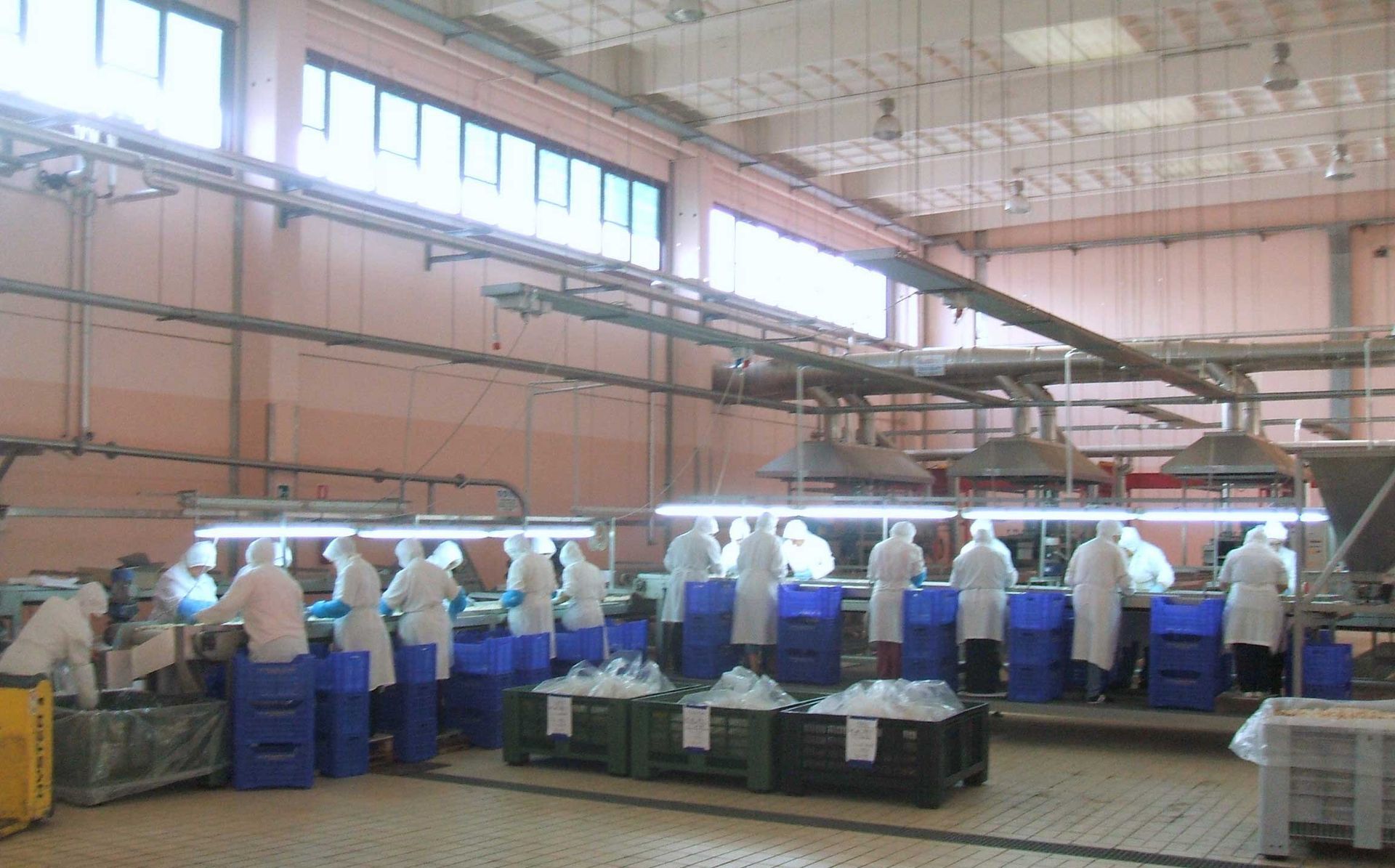Quality and customer protection
- S. Michele di Serino, Serino (AV) -
Terminio Frutta has always embraced quality, which has not only become a life philosophy for the company but also a true mission that the entire organisation strives for. We source our raw materials from chestnut groves where the only cultivation practice performed is the cleaning of the undergrowth to facilitate harvesting. We do not use any chemical products, ensuring that our chestnuts are natural and of the highest quality.
Protected Geographical Indication
(PGI)
Serino chestnuts and chestnut varieties have the recognition of Protected Geographical Indication (PGI). This means that our chestnuts are of the highest quality and have been certified by the European Union.
We are proud to offer our customers chestnuts with a geographical indication that signifies reliability and quality.
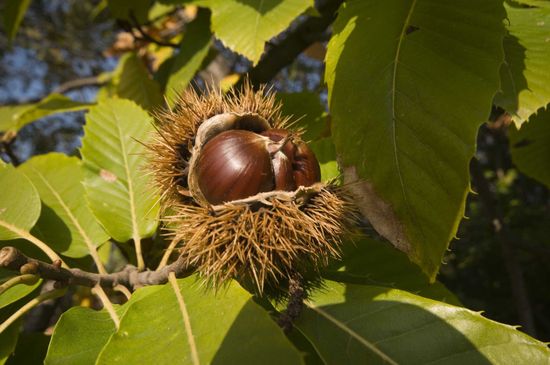
Slide title
Write your caption hereButton
Processing
Steps
-
RECEPTION AND INSPECTION
The chestnuts arrive at the farm from the place where they are harvested.
-
CALIBRATION
The chestnuts arrive at the farm from the place of harvesting. The chestnuts are sent into sizing machines consisting of perforated rotating cylinders with a specific diameter, where the product is divided into different sizes, which then determines the size (number of fruits in a kg).
-
HEAT TREATMENT
It is a process that does not change the morphological, organoleptic and shelf life characteristics of the fruit. It consists of a continuous passage in hot water at 48:50°C for a maximum of 40 to 45 minutes and finally drying with forced ventilation.
-
CARE
It consists of soaking the chestnuts in cold water for 4-6 days, in tubs open at the top. The chestnuts must be totally immersed in order to moisturise the inner skin (episperm), which is very adherent to the pulp when the fruit is fresh. After a period of natural drying, the chestnuts are always moved, (giratura), allowing the skin to come off more easily. This is a traditional preservative method handed down from generation to generation, implemented mainly to facilitate the subsequent peeling stages.
-
SELECTION AND STORAGE
The chestnuts are sent to special brushing and sorting lines, where specialised operators remove any defects present, making the product suitable for packaging.
-
STEAM PEELING
It consists of the chestnuts, previously dried by heat and ventilation, being conveyed into a horizontal bucket conveyor that advances the fruits individually, around which a cylinder with small protruding blades rotates, allowing the epicarp to be repeatedly incised, lacerating it but leaving the pulp intact. Afterwards, the mechanically cut fruits are passed through rotating screw cylinders filled with water (blanchers), into which steam is insufflated to bring the temperature above 100°C. This calculated passage is a decisive step in detaching the very adherent episperm at the septations. The fruit is then passed over mechanical inverted roller peeling machines to remove as many skins as possible before being peeled by hand; this is done on special conveyor belts in sectors where trained and experienced workers peel the chestnuts by hand using special knives suitable for getting into the septations without damaging the fruit. The peeled chestnuts are then washed, sorted, frozen and individually weighed.
-
BRULAGE PEELING
Also known as 'fire peeling', it consists of a rapid passage of the chestnuts with skin through red-hot rotating tubes, which cause the epicarp and episperm to crack by scalding, while the pulp, due to the rapidity of the process, remains intact. The fruits are then directed into rotating machines called tangential cleaners whose task is to shell the fruits as much as possible, which by means of hydraulic transport, pass to the steam section, where they undergo hydration by passing through hot water blanchers (slow-turning screw machines in which steam is injected to heat the water), at a temperature of 80 ÷ 100°C for a time that varies depending on the variety and size, then again by hydraulic transport they are sent to deep-freezing in a continuous tunnel and at the outlet, after manual and optical selection, they are placed in cold rooms at - 20°. The whole constitutes a line without interruption. This technique provides increased work capacity, especially on small-sized chestnuts, because it requires less labour and is quick.
-
FREEZING
The process consists of rapidly lowering the temperature of the chestnuts, which occurs in-line after the peeling stages, either by brulage or steam. The product is individually quick frozen (IQF), a process by which products are individually frozen at -18°C. With this technology, the cold penetrates quickly and at the end of the process, individually frozen fruit is obtained, not forming blocks, which makes it more convenient to use, reducing waste and preserving the physical, chemical and organoleptic characteristics of the food intact.
-
SELECTION AND PACKAGING
Sorting of frozen chestnuts of various sizes. All this takes place on lines specially constructed for frozen products, where sorting is done either by means of an optical-electronic machine whose colour reactivity can be set by computer, or manually for optimal finishing, and after passing through metal detectors, the final packaging is carried out, in the various types of packaging and palletising.
-
STORAGE OF FRESH AND FROZEN PRODUCTS
The company is equipped with storage cells at both holding temperature (0÷4°C) and low temperature (-18÷-20°°C), essential rooms for storing both products to be processed and finished products to be shipped. The cell temperatures are continuously monitored by a computer that is also able to launch alarms in the event of anomalies.
CONTACT DETAILS
Phone: +39 0825 590026
Mobile: +39 335 1339970
Fax: +39 0825 513330





